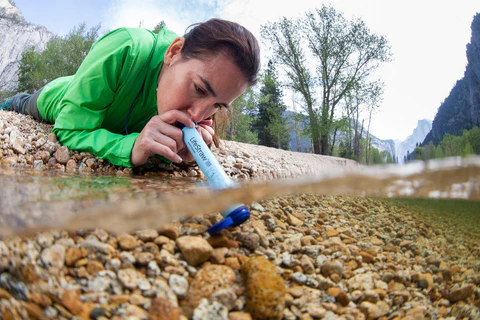Description
St Ronan's Well is a great example of an early 19th Century spa. This well played a significant role in the development Innerleithen's from a small village to a large town. These buildings stand prominently over the town, which is situated on steeply sloped ground. The well head is behind.
Since the 18th Century, St Ronan's Well's waters were known to have healing properties. William Playfair designed the first St Ronan's Well pavilion, which was opened to the public in 1826. Due to Sir Walter Scott's 1824 novel "St Ronan's Wells", this building has subscription reading rooms. St Ronan's Games, still in existence today, were also established by Sir Walter Scott in 1827. Together they signaled the start of a prosperous era for Burgh. This time, it was also known by the nickname "Doo-well" due to the number of pigeons surrounding the well head.
Due to the diminishing popularity of the well since its 1840 heyday, and partly because of the healing properties of the spring, its popularity has fallen. Popularity was further affected by the nearby opening of Peebles Hydropathic 1881.
A new public company, St Ronan's Well Mineral Water Co., was formed in 1896 with the intention of restoring the Well to its former glory. This included the construction of a new pavilion that featured waiting rooms, retirement rooms, and baths filled with water from the sulphurous source. The ceremony of opening took place on September 10th 1896.
The bottling plant was also built and a new saline water spring was created. It was the first time that pure mineral water was bottled in the UK. The plant can produce 1500 bottles per day. Harry Rawson of Joppa bought the business and added the Royal Warrant coat of Arms to the pediment. The building was used to sleep troops as a sleeping place during World War 2. 1954 saw the appointment a caretaker and the implementation of a program of improvements that included the elimination of redundant machinery. The business was then known as Cairns and Rawson.
1991 saw the buildings being refurbished again. The former bottling facility was then converted to a community exercise centre. Scottish Borders Council manages the buildings. The former bottling plant houses a museum about the wells as local history (2007).
Location
, , , ,



Add a review